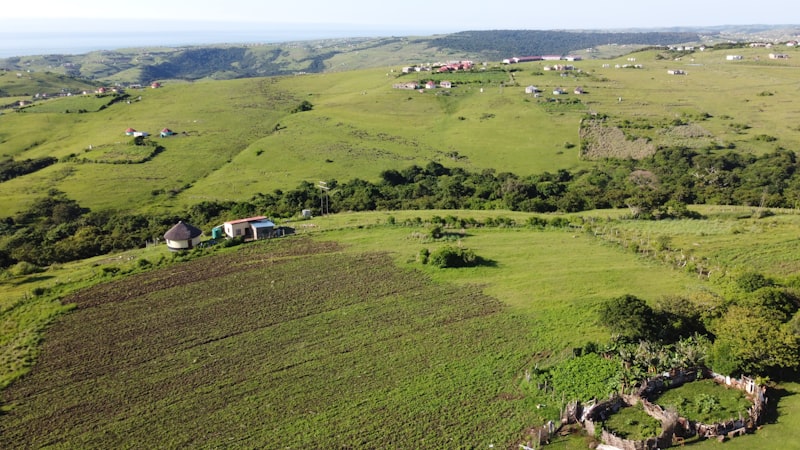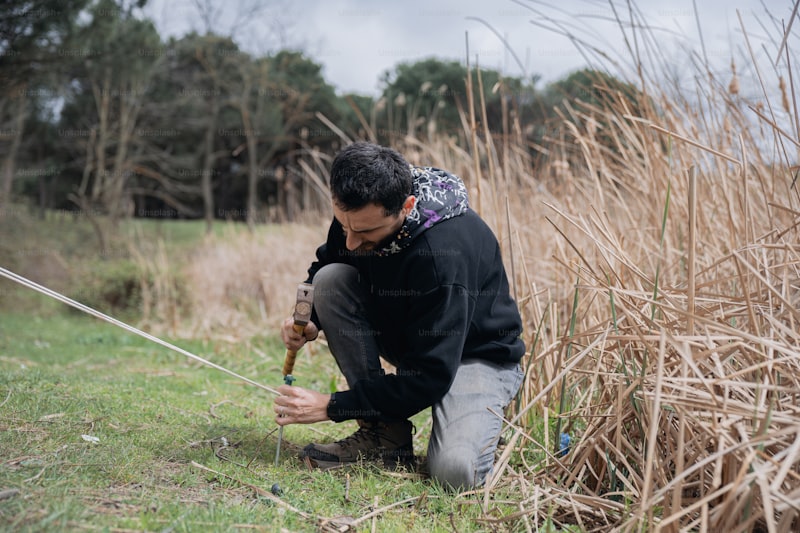Beyond their role in flood control, wetlands are biodiversity hotspots. They provide a sanctuary for countless species of plants and animals, many of which are rare or endangered. Birds flock to wetlands for breeding and feeding, relying on the rich resources these habitats offer. Their interconnectedness with other ecosystems makes them crucial for migratory species, acting as rest stops during long journeys across continents.
Moreover, wetlands are carbon warriors. They store vast amounts of carbon dioxide, mitigating climate change by locking away greenhouse gases that would otherwise contribute to global warming. This natural carbon sequestration is increasingly recognized as a critical strategy in combating climate change and its adverse effects.
On a human level, wetlands contribute significantly to our economies and well-being. They support fisheries, agriculture, and tourism industries, providing livelihoods for millions worldwide. Additionally, recreational activities such as birdwatching, hiking, and photography thrive in wetland settings, offering people a chance to connect with nature and rejuvenate their spirits.
However, despite their immense value, wetlands face numerous threats. Urban development, pollution, agriculture, and climate change continue to degrade these sensitive ecosystems at an alarming rate. Conservation efforts are thus paramount. Governments, organizations, and individuals must work together to protect and restore wetlands, ensuring they continue to fulfill their ecological, economic, and social roles for generations to come.
Preserving Paradise: Why Wetland Conservation Matters Now More Than Ever
Wetlands, often overlooked and undervalued, are crucial ecosystems that deserve our attention now more than ever. These biodiverse havens play a vital role in our environment, providing a multitude of benefits that impact both wildlife and humans alike.
Imagine wetlands as nature’s kidneys, filtering and purifying water that flows through them. They act as natural buffers against floods, absorbing excess rainfall and reducing the risk of downstream flooding. Without them, communities would face heightened vulnerability to natural disasters, with potential economic and human losses.
Beyond their flood control capabilities, wetlands are home to a staggering array of plant and animal species. From rare birds to amphibians and fish, these habitats support biodiversity on a grand scale. Protecting wetlands means safeguarding these species’ homes and ensuring their survival for future generations to enjoy and study.
Moreover, wetlands are crucial carbon sinks, storing vast amounts of carbon dioxide that would otherwise contribute to greenhouse gas emissions. By preserving and restoring these areas, we can mitigate climate change impacts and improve air quality.
Conservation efforts are essential now because wetlands face numerous threats, including urban development, pollution, and climate change. Human activities continue to degrade these fragile ecosystems, endangering their ability to provide crucial services.
The importance of wetland conservation cannot be overstated. These natural wonders provide us with clean water, protect us from floods, support diverse wildlife, store carbon, and enhance our quality of life. By recognizing their value and actively working to conserve them, we can ensure that wetlands continue to thrive and benefit both current and future generations.
Saving Our Natural Filters: The Vital Role of Wetlands in Environmental Health
Imagine wetlands as the unsung heroes silently filtering our environment. They act as natural sponges, soaking up excess nutrients and filtering pollutants from water that flows through them. This process not only cleans the water but also helps recharge underground aquifers, ensuring a sustainable supply of freshwater for both humans and wildlife alike.
But their importance doesn’t stop there. Wetlands are biodiversity hotspots, teeming with a variety of plants and animals uniquely adapted to their watery homes. They provide habitats for countless species, from migratory birds to fish, amphibians, and insects. By preserving wetlands, we safeguard these ecosystems and protect the intricate web of life that depends on them.
In addition to supporting wildlife, wetlands also offer protection against natural disasters. During heavy rains or storms, they absorb excess water, reducing the risk of flooding downstream. This natural buffering capacity can save lives and property, making wetlands a valuable ally in our battle against the increasingly unpredictable effects of climate change.
Sadly, wetlands face numerous threats today, including urban development, agriculture expansion, and pollution. As these vital ecosystems disappear, so too does their ability to purify water, support biodiversity, and mitigate floods. Recognizing their importance is the first step towards conserving and restoring them for future generations.
By understanding and appreciating the critical role of wetlands in environmental health, we can take steps to protect and restore these natural filters. From policy changes to community-led conservation efforts, every action counts in preserving these invaluable ecosystems for a sustainable and healthier planet.
Beyond Aesthetic Beauty: Unveiling the Critical Ecological Services of Wetlands
Wetlands are more than just picturesque landscapes; they play a pivotal role in maintaining the health of our planet. Imagine them as nature’s own water purifiers and flood regulators, tirelessly working behind the scenes to ensure ecological harmony.
One of the most vital roles of wetlands lies in their water filtration capability. Acting like giant sponges, they absorb excess nutrients, sediment, and pollutants from water passing through them. This natural filtration not only improves water quality but also ensures that downstream ecosystems receive cleaner water, benefiting aquatic life and human communities alike.
But that’s not all – wetlands are masters of flood control. During heavy rains or storms, they act as natural buffers, absorbing and storing excess water. This helps in reducing the severity of floods downstream, protecting nearby communities from potential disaster. It’s like having a safety valve in nature’s hydrological system.
Biodiversity hotspot alert! Wetlands are home to a staggering variety of plant and animal species, some of which are found nowhere else on Earth. These diverse ecosystems provide habitat for countless organisms, from waterfowl and fish to amphibians and insects. Preserving wetlands means safeguarding these intricate webs of life, ensuring biodiversity thrives for generations to come.
Climate change warriors, take note: wetlands are champions at carbon sequestration. They store carbon dioxide from the atmosphere, mitigating the effects of greenhouse gases. In fact, they are among the most effective natural carbon sinks on the planet. By preserving wetlands, we’re not just protecting wildlife; we’re also helping combat global warming.
Next time you see a wetland, think beyond its aesthetic appeal. It’s a dynamic ecosystem quietly performing essential services that benefit us all. From water purification and flood control to biodiversity conservation and carbon storage, wetlands are nature’s unsung heroes, silently working to maintain our planet’s ecological balance.
Climate Warriors: How Wetlands Combat Global Warming and Carbon Emissions

What makes wetlands so remarkable in this fight? It’s their unique ability to store carbon. Peatlands, a type of wetland, store more carbon than any other ecosystem on the planet. They lock away carbon in thick layers of decaying organic matter, keeping it from re-entering the atmosphere as harmful greenhouse gases. This storage function is vital in our efforts to mitigate climate change, acting as a natural carbon sink.
Moreover, wetlands act as buffers against rising sea levels and extreme weather events, which are exacerbated by climate change. They absorb excess rainfall like a sponge, reducing flood risks for nearby communities. This natural flood control is invaluable, especially as climate-related disasters become more frequent and severe.

Beyond their carbon storage and flood control benefits, wetlands support rich biodiversity. They provide habitats for countless species of plants, birds, insects, and aquatic life. These ecosystems are interconnected, creating a delicate balance that sustains life both locally and globally.
Protecting and restoring wetlands is therefore critical. Despite their ecological importance, wetlands face numerous threats, including urbanization, agriculture, and pollution. Conservation efforts are essential to preserve these natural carbon storage facilities and biodiversity hotspots for future generations.
Biodiversity Hotspots: Protecting Rare Species Through Wetland Conservation
Imagine a wetland as a bustling city, where every nook and cranny is occupied by a different species, each playing a crucial role in the ecosystem’s harmony. From the tiny water beetles skating on the surface tension to the majestic herons hunting in the shallows, every creature has adapted perfectly to its watery surroundings. These wetlands provide breeding grounds, feeding areas, and shelter for numerous species, some of which are found nowhere else on the planet.

Conserving wetlands is not just about protecting the cute and cuddly; it’s about safeguarding entire ecosystems that provide us with essential services. Wetlands act as natural filters, purifying water and storing carbon. They mitigate floods and erosion, benefiting both wildlife and human communities that depend on these services for their livelihoods.
Sadly, wetlands are under threat worldwide. Urbanization, pollution, and climate change are taking their toll, endangering these fragile habitats and the species they support. By designating biodiversity hotspots and implementing conservation measures, we can ensure these vital ecosystems continue to thrive.
Understanding the value of wetlands goes beyond biology textbooks; it’s about recognizing their intrinsic worth and the irreplaceable services they provide. Through education, advocacy, and proactive conservation efforts, we can preserve biodiversity hotspots and protect rare species for generations to come. The future of these incredible ecosystems depends on our actions today.
Frequently Asked Questions
Why should we conserve wetlands for climate change mitigation?
Conserving wetlands is crucial for climate change mitigation because they act as natural carbon sinks, storing large amounts of carbon dioxide. They also help regulate water cycles, reducing flood risks and maintaining water quality. Preserving wetlands supports biodiversity and contributes to sustainable development goals by enhancing resilience to climate impacts.
Why are wetlands important for biodiversity?
Wetlands are crucial for biodiversity because they support a wide range of plant and animal species. They act as habitats, breeding grounds, and food sources for diverse wildlife, contributing significantly to ecological balance. Wetlands also help in water purification, flood control, and carbon sequestration, making them essential for maintaining biodiversity and ecosystem health.
How can wetland conservation benefit local communities?
Wetland conservation benefits local communities by providing flood control, improving water quality, supporting biodiversity, and offering recreational opportunities. These ecosystems also enhance resilience to climate change and can provide economic benefits through tourism and sustainable resource use.
What role do wetlands play in flood control?
Wetlands act as natural buffers against floods by absorbing and storing excess rainwater, reducing the risk of downstream flooding. Their ability to slow down water flow and release it gradually helps regulate water levels during heavy rainfall events. This natural flood control function is crucial in protecting nearby communities and infrastructure from flood damage.
How do wetlands contribute to water quality?
Discover how wetlands enhance water quality by filtering pollutants, reducing sedimentation, and promoting nutrient cycling. Their natural processes purify water, benefiting both ecosystems and human communities.


